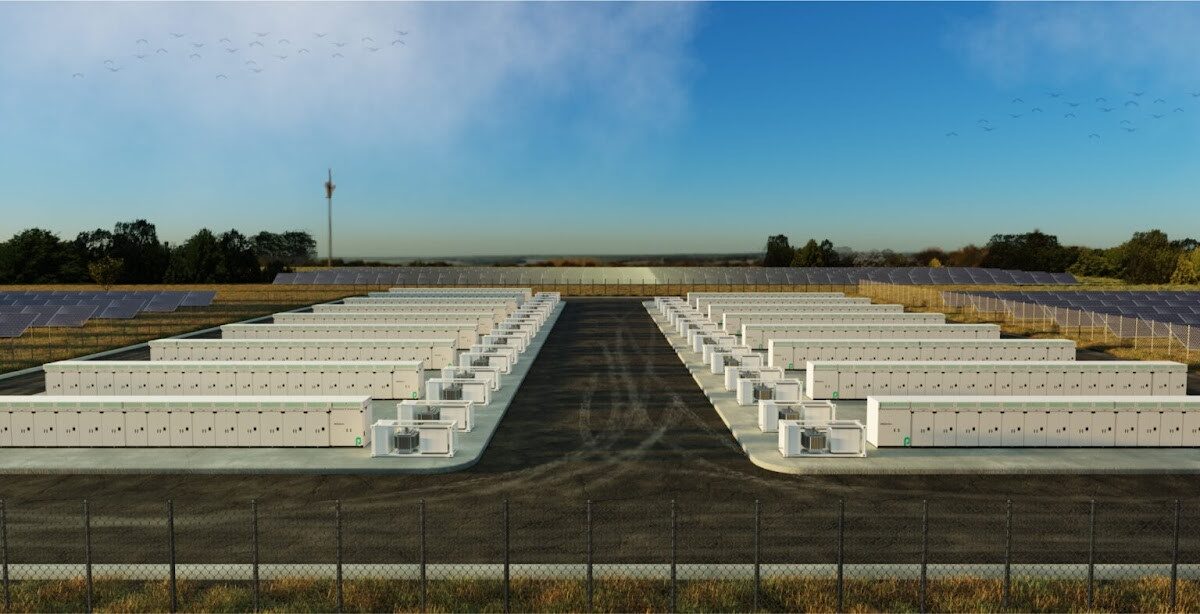Among the Democratic presidential candidates, U.S. Senator Elizabeth Warren has developed a reputation for consistently articulating the most detailed policy proposals. The possible exception has been in climate, where Washington Governor Jay Inslee has developed a plan that has been called a gold standard.
But Warren has also shown that she can learn from the best. With Inslee having withdrawn from the race, Warren announced yesterday that she is adopting the energy portion of his plan. This includes several key proposals:
- A federal mandate that utilities move to 100% carbon-neutral power by 2030, and 100% clean, renewable, and zero-carbon electricity by 2035.
- 100% zero-carbon buildings by 2028
- 100% zero emissions for all passenger vehicles, medium-duty trucks and buses.
These are ambitious targets, and Warren would use Inslee’s means to achieve them: a federal mandate for utilities similar to state-level renewable portfolio standard policies, expanded tax credits, a revival of the federal loan guarantee program and use of public lands – the last being a position she had already articulated. In other words, what we are doing now in a bigger, more comprehensive way, with transportation included, with the Stimulus Act on steroids.
When we first covered Inslee’s plan we found that this could involve more than a terawatt of new solar by 2035, meaning a compound annual growth rate of 19%.
Competing plans
Warren’s announcement that she would borrow Jay Inslee’s climate plan comes two weeks after U.S. presidential candidate Bernie Sanders (I) unveiled his plan. It’s slightly less ambitious in terms of timeframe, calling only for 100% carbon-neutral power by 2030, and not 100% renewables by that date. But as we’ve covered, that gives more time and flexibility to address the technical challenges of actual decarbonization.
It’s also notable that the means may be different. Like Sanders, Warren does mention support for the Federal Power Marketing Agencies and the Tennessee Valley Authority, including helping them build clean energy assets. But there is no mention that they would own the terawatt or two of wind, solar and batteries that would be needed, as Sanders has proposed.
The price tag is also radically different, and this may reflect the difference in who would own all the assets. Warren expects to do all of this for $1 trillion over 10 years, not the $16.3 trillion that the Sanders campaign has proposed. This may be because this plan would allow private asset owners, not the federal government, to own all of the new solar, wind and batteries.
It’s difficult to compare either plan to that of Democratic front-runner Joe Biden. Biden’s plan is both far less ambitious, calling only for a 100% clean energy economy and net zero emissions by 2050, and also far less detailed.
$3 trillion U.S. clean energy economy
The relatively smaller price tag of these decarbonization targets does not mean that a Warren Administration would not be spending big sums on clean energy. Instead, Warren has reserved the bulk of her proposed spending on plans to spur R&D and to build domestic clean energy manufacturing. This includes $400 billion for clean energy R&D supports over 10 years, and a $1.5 trillion clean manufacturing plan to ensure that more products are made in the United States.
All told, this puts the bulk of spending on the total $3 trillion plan in building the industrial base for the United States to compete – making her plan, in its own way, an economically nationalistic proposal.
Tonight the candidates will head into CNN’s Climate Town Hall, which pv magazine will be covering. It is notable that per the orders of the Democratic National Committee (DNC), the candidates will be making statements but will not debate each other on this issue. Given the accusations in the 2016 election that the DNC put its weight behind the establishment candidate, it is plausible that this is a means to shield Biden from being embarrassed by the comparative weakness of his plan.
This content is protected by copyright and may not be reused. If you want to cooperate with us and would like to reuse some of our content, please contact: editors@pv-magazine.com.









By submitting this form you agree to pv magazine using your data for the purposes of publishing your comment.
Your personal data will only be disclosed or otherwise transmitted to third parties for the purposes of spam filtering or if this is necessary for technical maintenance of the website. Any other transfer to third parties will not take place unless this is justified on the basis of applicable data protection regulations or if pv magazine is legally obliged to do so.
You may revoke this consent at any time with effect for the future, in which case your personal data will be deleted immediately. Otherwise, your data will be deleted if pv magazine has processed your request or the purpose of data storage is fulfilled.
Further information on data privacy can be found in our Data Protection Policy.